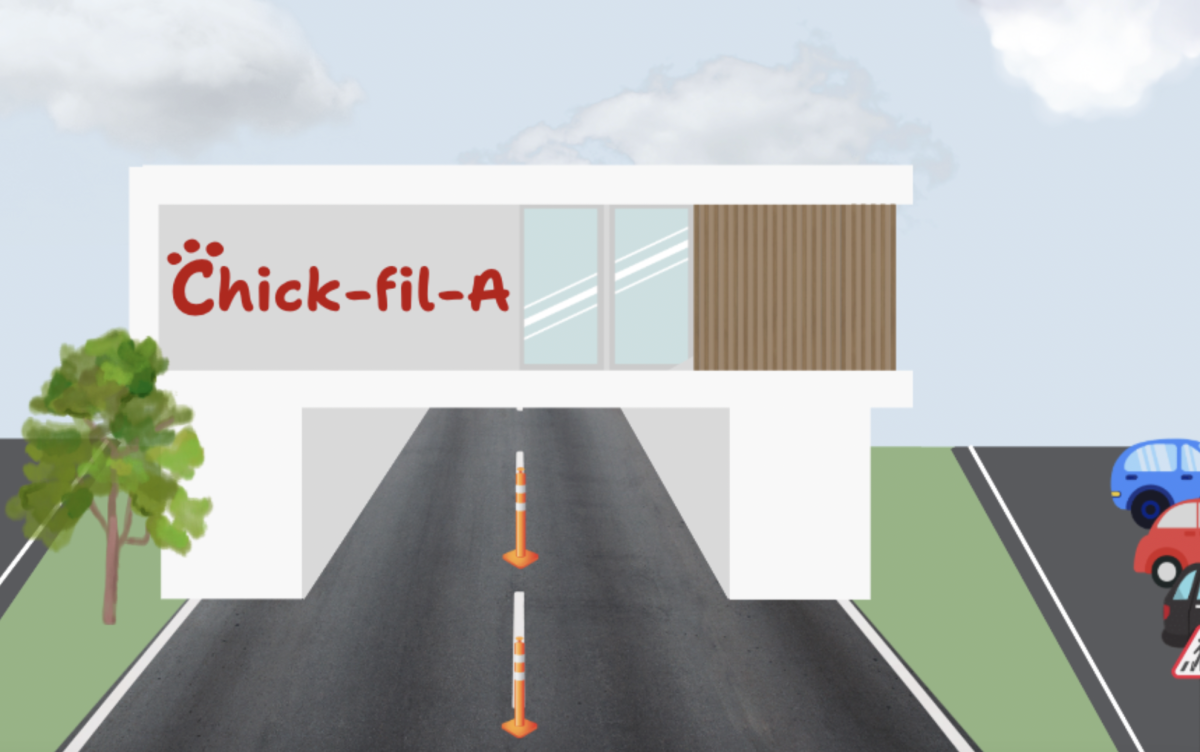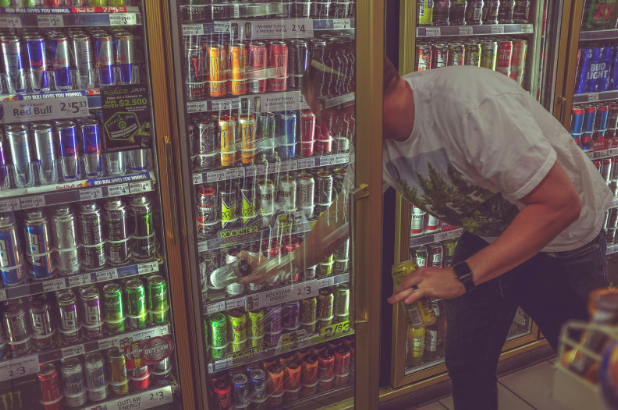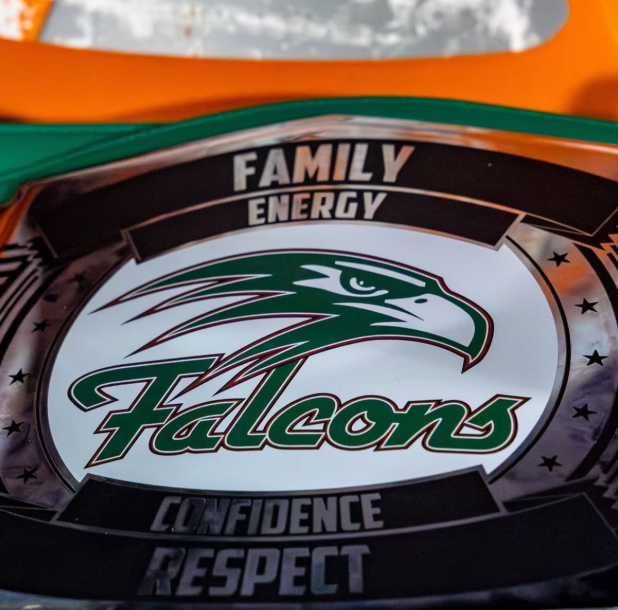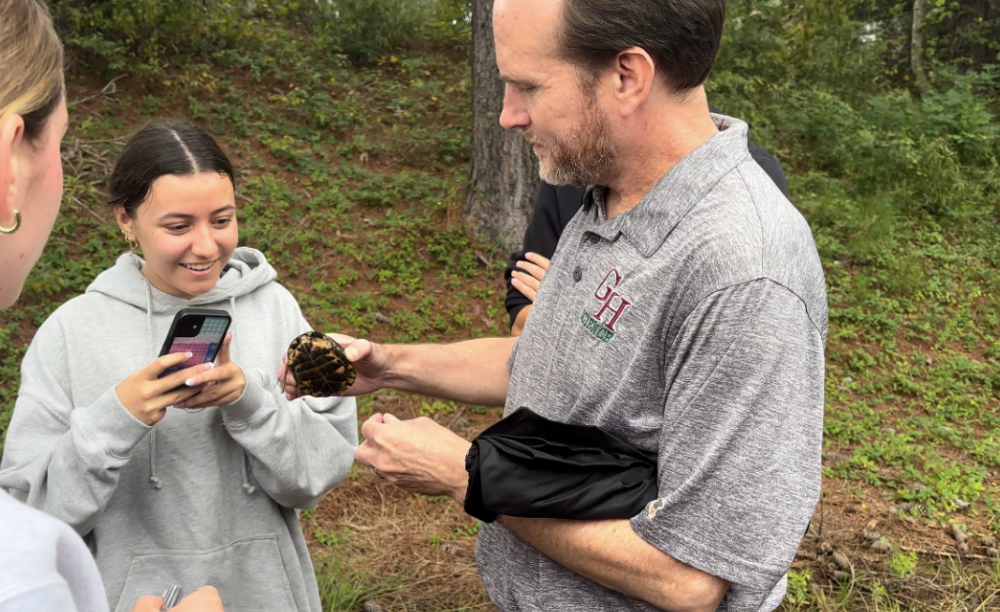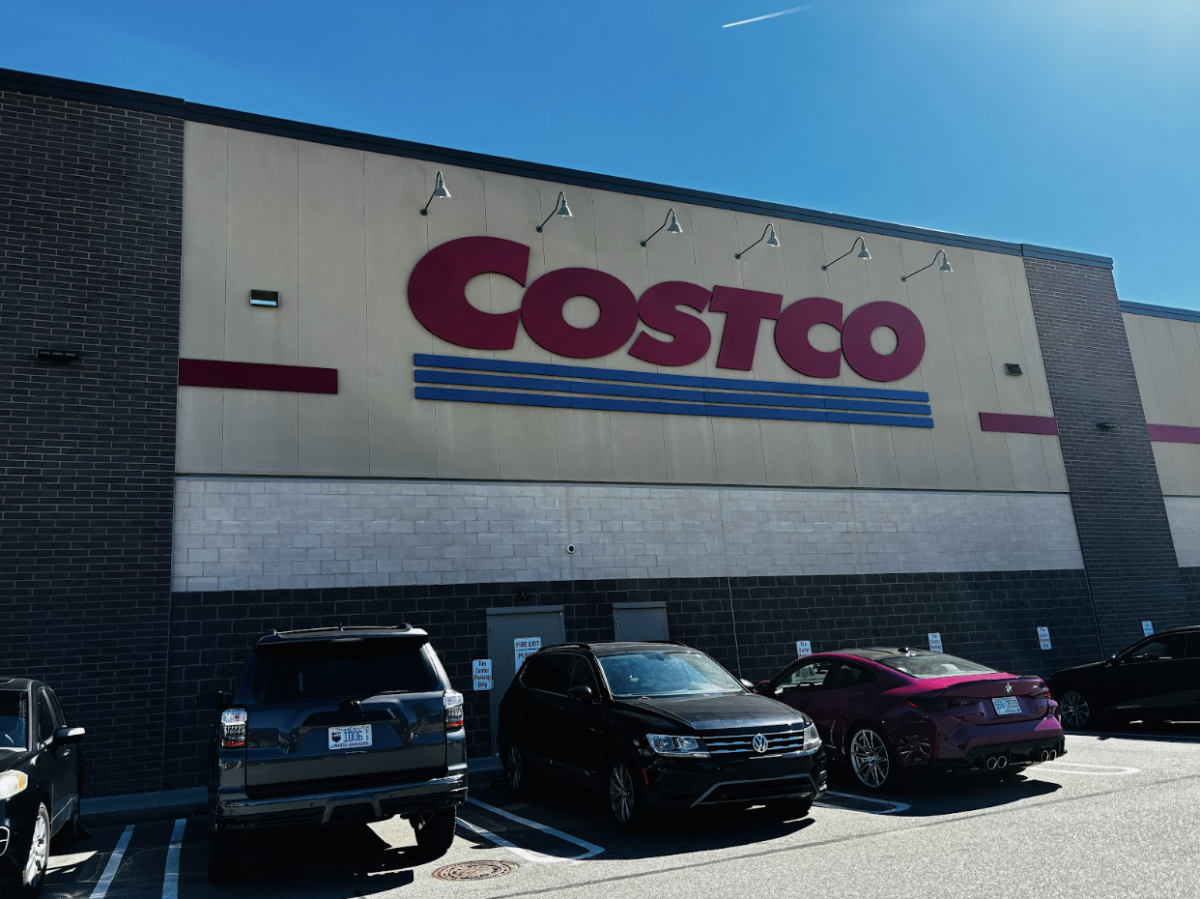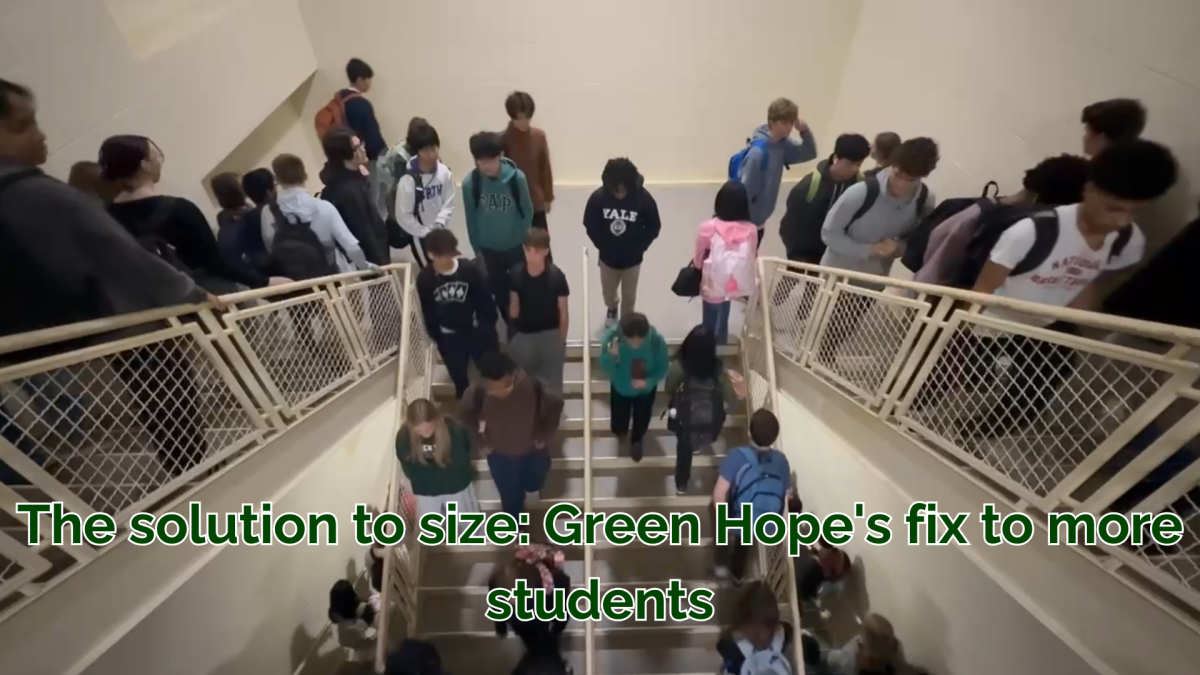Self-driving features in cars are nothing new, but fully autonomous vehicles are a thing of the future. Car brands like Tesla, BMW, Ford and Mercedes plan to add driverless cars in the near future following Waymo, a fully autonomous robotaxi.
Waymo started development back in 2009 alongside Google and their self-driving car project. They continued in their development into 2015 after finishing their preset goals and pushed the project further with the firefly. According to Waymo, they eventually grew into their own business establishing bases in California and Texas with future endeavors in Georgia and Florida.
In April, Waymo established a partnership with Toyota to reach new heights. According to Waymo’s official blog, Toyota plans to spur the “development and deployment of autonomous driving technologies”, inspired by their need to improve road safety.
Hiroki Nakajima, executive vice president of Toyota, offered a statement, saying “Toyota is committed to realizing a society with zero traffic accidents”, affirming their mission to provide accessible driving for all. Other companies have also spearheaded the development of their fully autonomous vehicles.
Zoox is a self-driving “Robotaxi”, as stated by Amazon, the owner of Zoox. Zoox has no steering wheel or driver seat and is built with only the passenger in my mind. Zoox contains climate control that suits the rider with sound cues and a touch screen to guide the passenger throughout their ride.
Zoox and Waymo want to create a safe rider experience by adding cutting edge technology such as AI adaptations that map out the road. Both vehicles rely heavily on AI sensors that control almost every part of the car. From the cameras outside the vehicle to the driver, the entirety of the robotaxi uses AI to create a safe passenger experience.
The new driverless taxis are not without their downsides, according to the Civil Liberties Union for Europe AI can put people out of a job. Unemployment is a rising concern for people who rely on their jobs for support and the rise in AI could cut 3-14% of jobs by 2030, according to the Civil LIberties Union for Europe.
Taxis are in wide use across the United States, especially in big cities that are crowded with millions of people. New York City has the highest number of taxi drivers in the country, reaching over 90,000 Taxis, Ubers and Lyfts throughout the city.
That is over 90,000 people who rely on the transportation industry for a living, and robotaxis could eventually take over their job. The potential job displacement isn’t a topic yet touched on, likely because robotaxis are still in development, and aren’t widely used across the world. Still, the potential layoffs for these people could be a concern.
Despite the potential cons, robotaxis do offer a cheaper alternative to normal taxis because of the lack of a human driver. Without a human driver the cost it takes to operate and driver maximization of the vehicles significantly declines. Cars like Waymo or Zoox also have a 360° camera that can see the road at all times, this reduces potential accidents that a human driver may not notice.
The use of robotaxis only seems to be growing, according to Waymo, who will have future developments in cities like Miami and Atlanta. The potential job displacement is not a problem yet considered by companies who plan on implementing these robotaxis, but is a likely obstacle in the future.
















